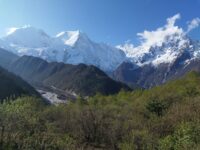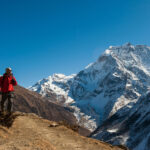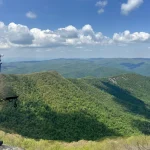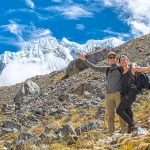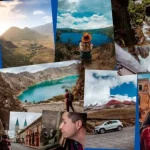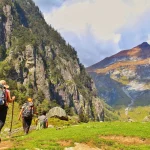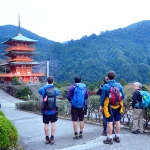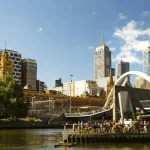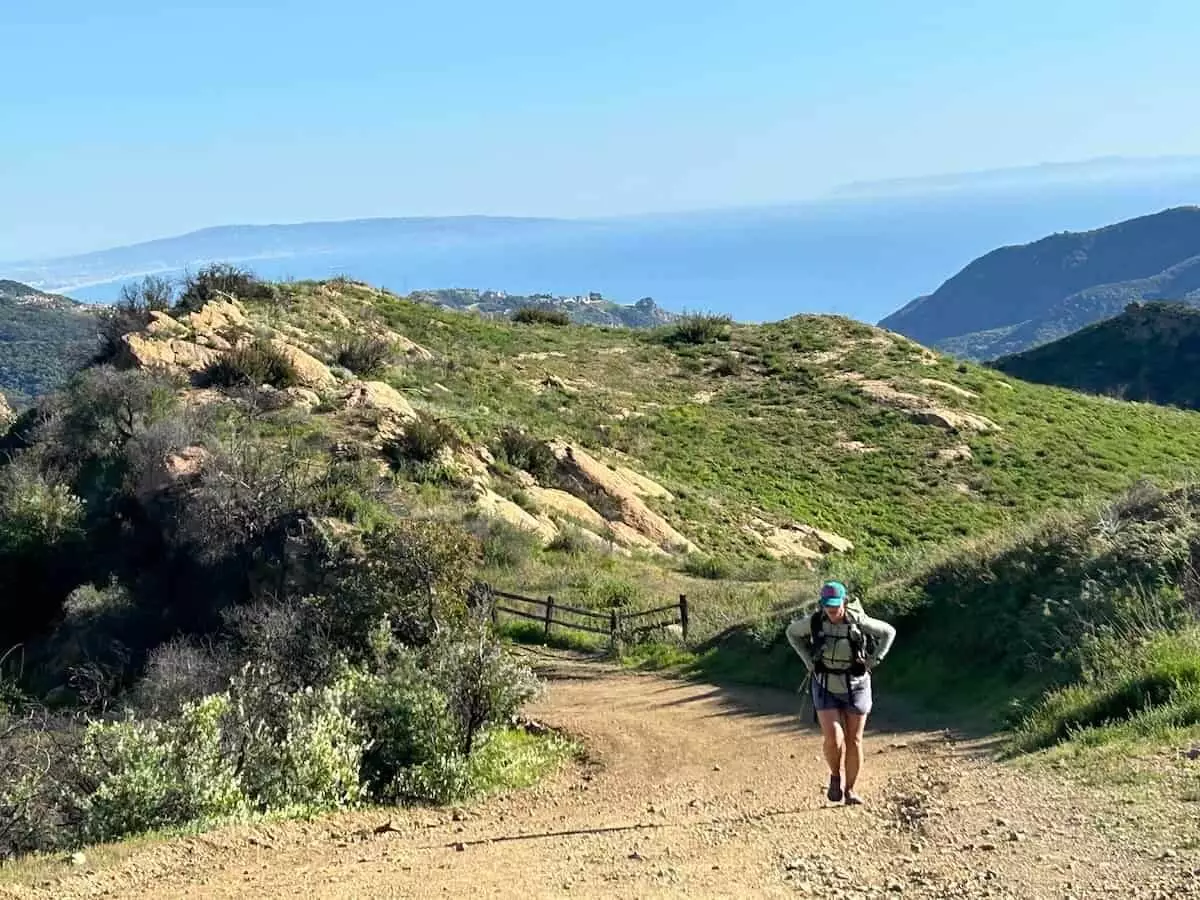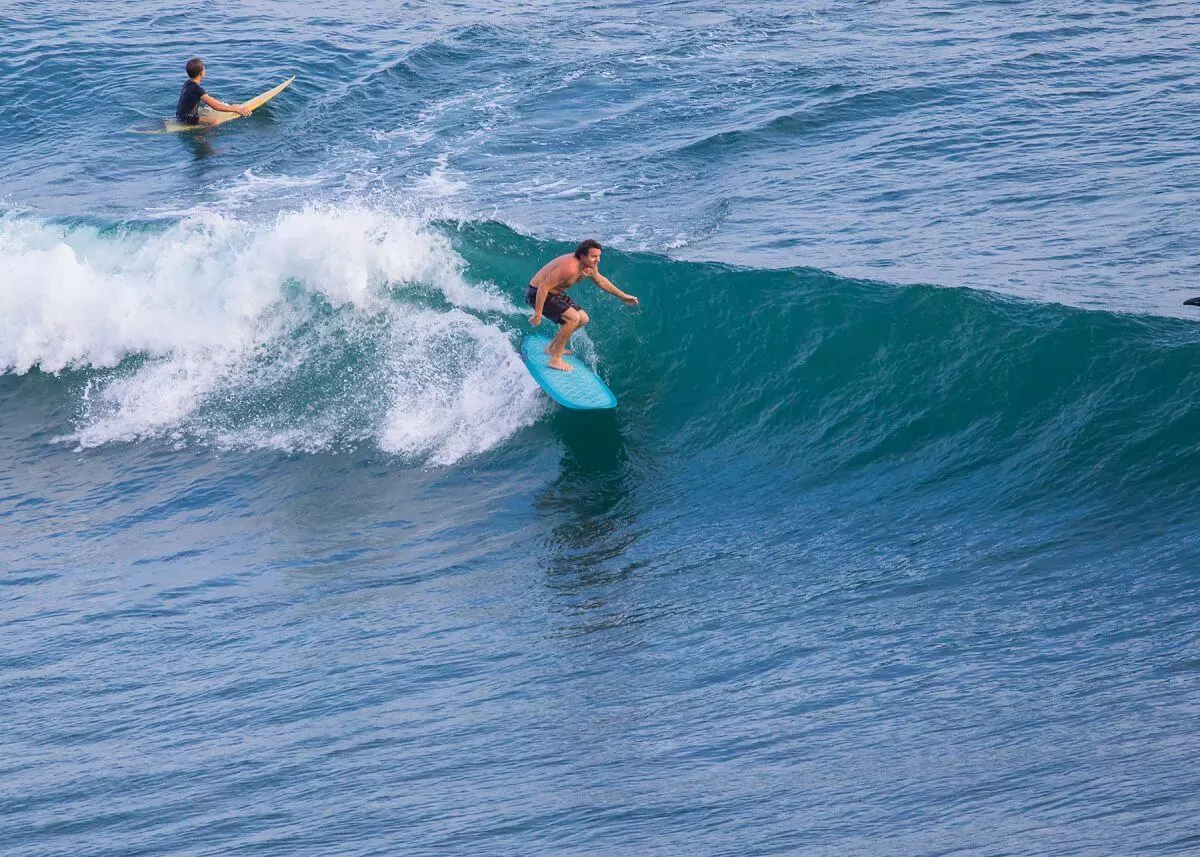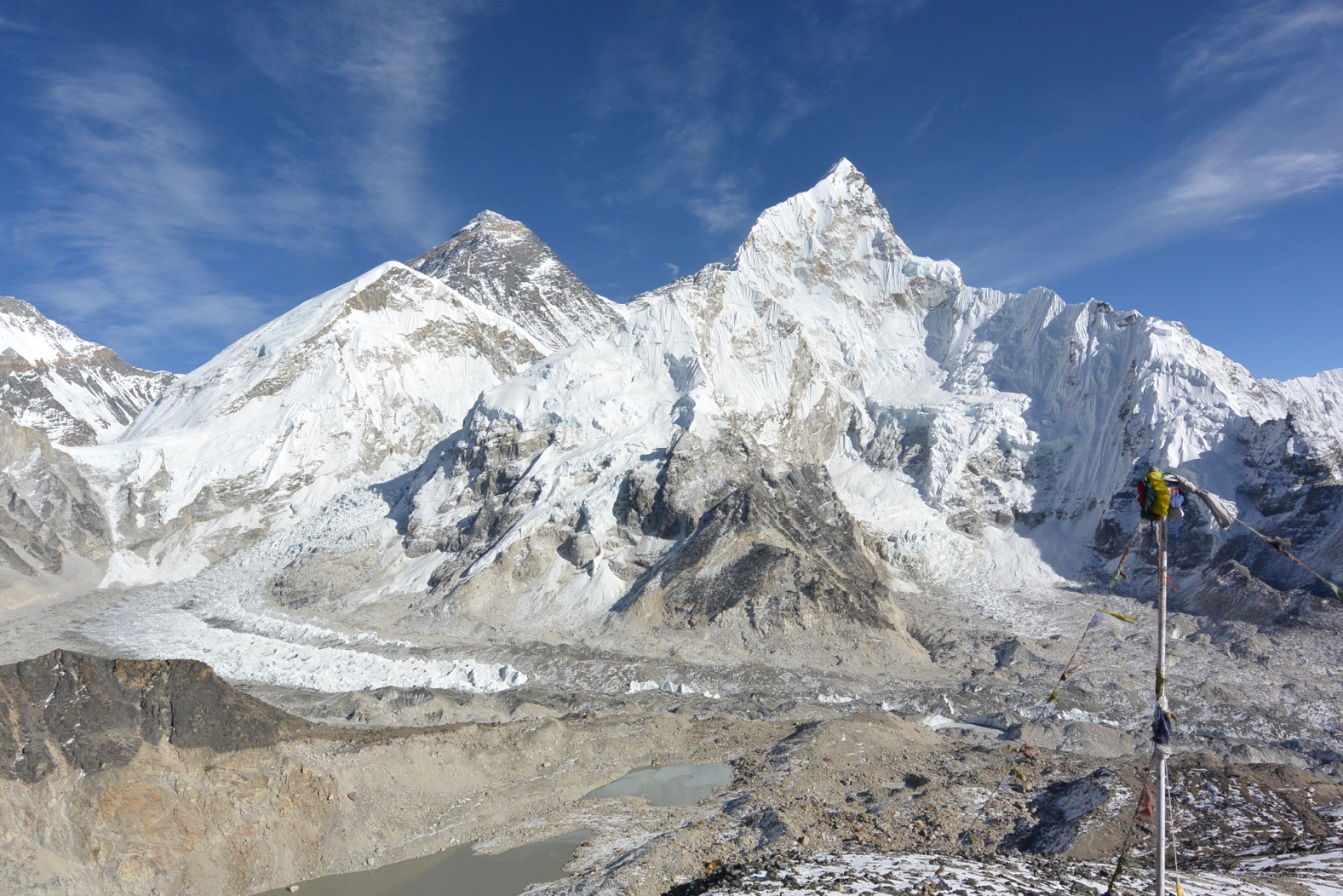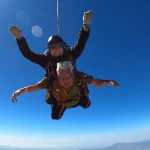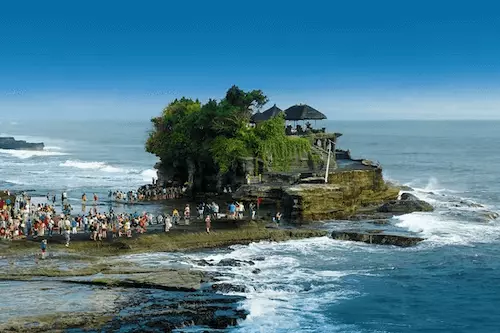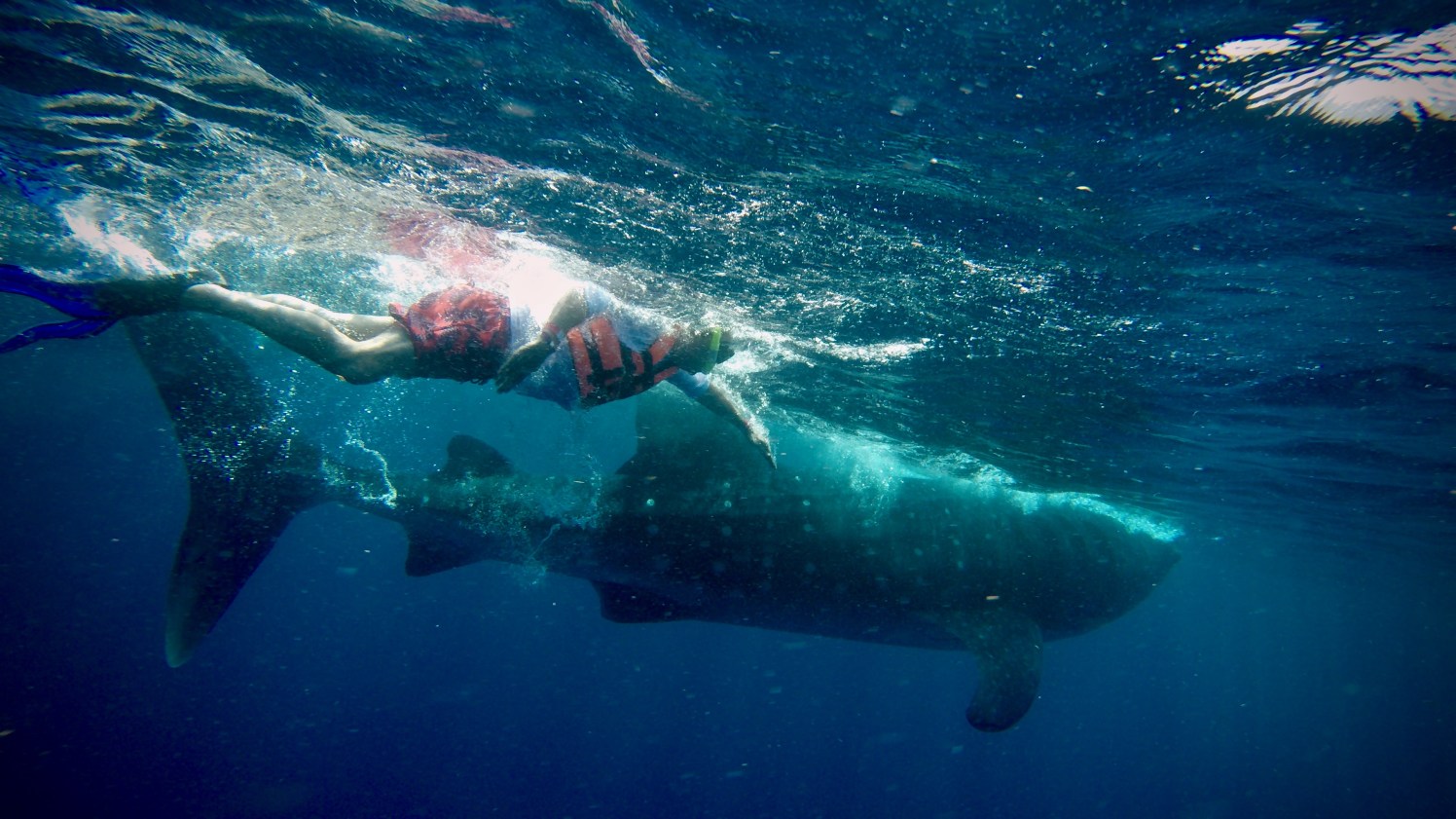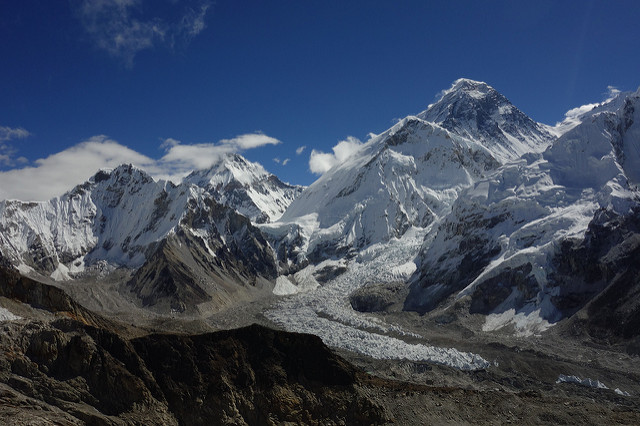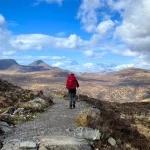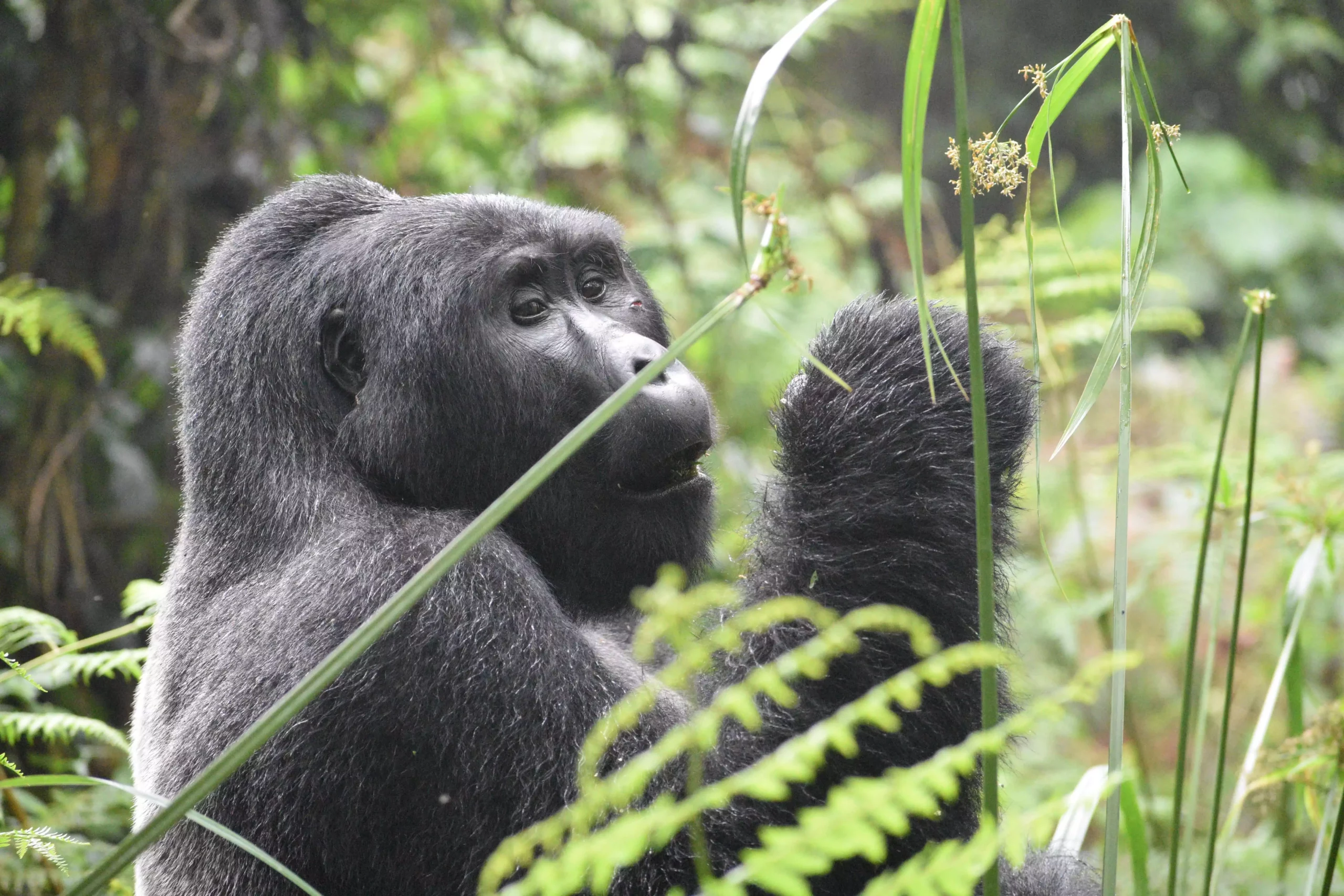A Comprehensive Guide to Weather and Temperature on the Manaslu Circuit Trek
The Manaslu Circuit Trek is a remarkable journey through some of Nepal’s most diverse landscapes, offering trekkers a unique blend of cultural experiences and breathtaking mountain views.
However, the weather and temperature along the Manaslu Circuit can vary dramatically depending on the season, making it crucial to understand the conditions you’ll face during your trek.
Whether you’re trekking in the warmth of spring, the cool of autumn, the chill of winter, or the lush greenery of the monsoon, each season brings its own set of challenges and rewards.
In this guide, we’ll break down what to expect in terms of weather and temperature throughout the year and provide essential preparation tips to ensure you’re ready for your adventure.
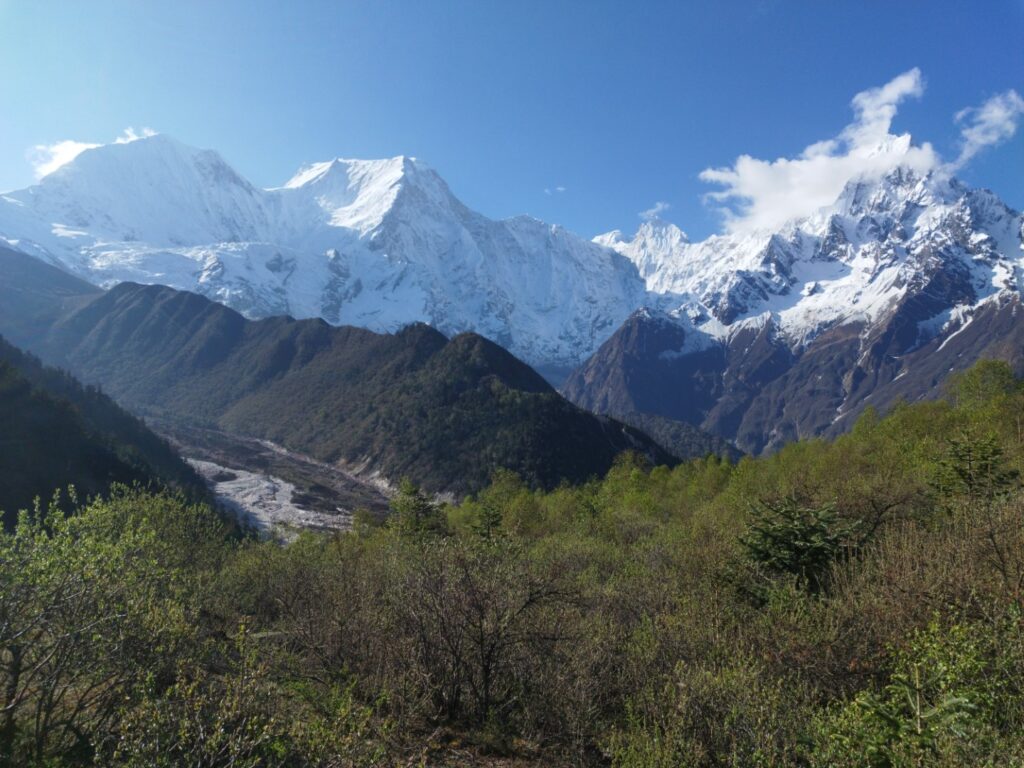
Content
Spring (March to May)
Spring is one of the most popular seasons for trekking the Manaslu Circuit, and for good reason.
The temperatures during this time are moderate, with lower altitudes experiencing pleasant warmth ranging from 10°C to 20°C (50°F to 68°F), and higher elevations seeing cooler conditions between -6°C to 6°C (21°F to 43°F).
The days are typically bathed in sunshine, offering clear views of the towering peaks and the vibrant rhododendron forests in full bloom. As you gain altitude, the nights can become chilly, especially near the Larkya La Pass, where temperatures can drop below freezing.
Rainfall is generally low, making the trails dry and stable, although occasional showers might occur towards the end of May. This season is perfect for trekkers who enjoy pleasant weather, vibrant natural beauty, and long daylight hours.
However, the fluctuating temperatures mean it’s essential to pack in layers—light clothing for the warm days and insulated gear for the cold nights.
A sturdy down jacket is a must for higher altitudes, and don’t forget sunglasses and sunscreen to protect against the intense UV rays at higher elevations.
Summer/Monsoon (June to August)
Summer in the Manaslu region coincides with the monsoon season, transforming the landscape into a lush, green paradise. During these months, the lower regions experience warmer temperatures, ranging from 15°C to 25°C (59°F to 77°F), while the higher altitudes stay cooler, between 5°C and 15°C (41°F to 59°F).
The monsoon brings heavy rainfall, especially in the afternoons and evenings, making the trails muddy and, in some areas, treacherous due to landslides. The thick cloud cover often obscures mountain views, but the vibrant green landscapes and blooming wildflowers offer a different kind of beauty.
Humidity is high, adding to the challenge of trekking in this season. For those who choose to trek during the monsoon, waterproof gear is essential—a good rain jacket, rain pants, and a backpack cover will keep you dry and comfortable.
Trekking poles are crucial for navigating slippery trails, and it’s wise to be prepared for leeches in the lower, wetter regions by carrying salt or insect repellent.
Flexibility with your itinerary is key, as weather conditions can lead to delays or changes in your route.
Autumn (September to November)
Autumn is undoubtedly the most popular season for the Manaslu Circuit Trek, thanks to its stable weather, clear skies, and comfortable temperatures.
During these months, the lower regions enjoy daytime temperatures between 10°C to 20°C (50°F to 68°F), while the higher altitudes experience cooler conditions, with temperatures dropping to -6°C to -2°C (21°F to 28°F) at night.
The days are crisp and clear, offering some of the best views of the surrounding peaks, including the majestic Mount Manaslu. Rainfall is minimal, and snow is usually absent until late November, making the trails dry and easy to navigate.
This season also coincides with several important festivals, adding a cultural richness to your trek. However, the popularity of autumn means the trails and teahouses can be crowded, so it’s advisable to book accommodations and permits well in advance.
Layering remains essential, as temperatures can vary significantly throughout the day. A good down jacket and thermal wear are necessary for the cold nights, especially when crossing the Larkya La Pass.
Winter (December to February)
Winter on the Manaslu Circuit is a time of solitude and stark beauty, with cold temperatures and snowy landscapes dominating the experience.
During the day, temperatures in the lower regions range from 5°C to 10°C (41°F to 50°F), but as you ascend, particularly near the Larkya La Pass, you’ll encounter much colder conditions, with temperatures often plummeting to -15°C to -5°C (5°F to 23°F).
The skies are generally clear, offering spectacular views of snow-covered peaks and serene valleys. However, the cold can be intense, especially at night, and deep snow can make crossing the Larkya La Pass particularly challenging.
Some teahouses in the higher regions may close during the winter months, so it’s essential to plan your accommodations carefully. Winter trekking requires specialized gear, including a high-quality down jacket, thermal base layers, and insulated boots.
Microspikes or crampons are necessary for navigating icy sections of the trail, especially near the pass. Frequent weather checks are a must, and it’s crucial to be flexible with your itinerary, as heavy snow can lead to delays or reroutes.
Conclusion
The Manaslu Circuit Trek offers a diverse and rewarding trekking experience, with each season bringing its own unique set of weather conditions. Understanding the weather and temperature patterns throughout the year is crucial for planning a successful trek.
Whether you’re captivated by the vibrant colors of spring, the lush greenery of the monsoon, the clear skies of autumn, or the snow-covered landscapes of winter, each season on the Manaslu Circuit has something special to offer.
By preparing appropriately for the season in which you plan to trek, you can ensure a safe and unforgettable adventure in one of Nepal’s most beautiful regions.

This author’s life has been an adventure. He has visited over 30 countries, and lived in four different states. He is a traveler at heart, but he also loves exploring the outdoors on his bicycle or hiking with his canine companion.

